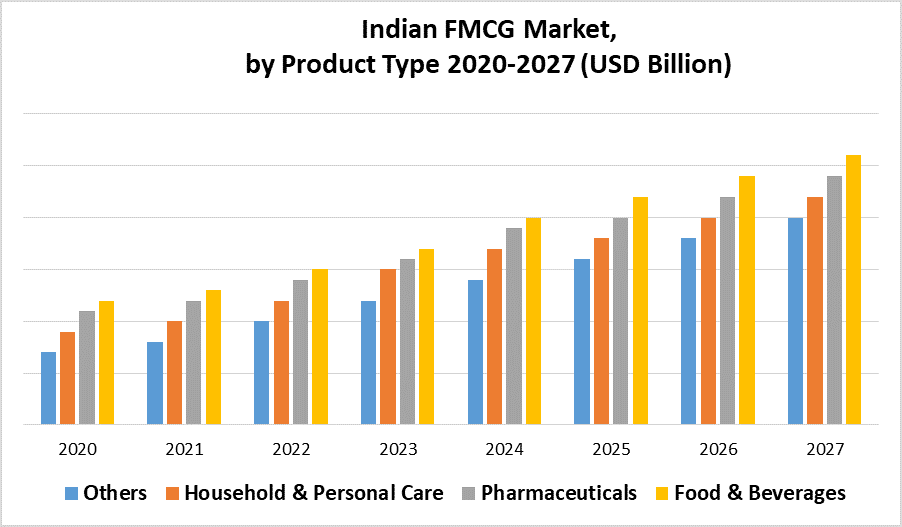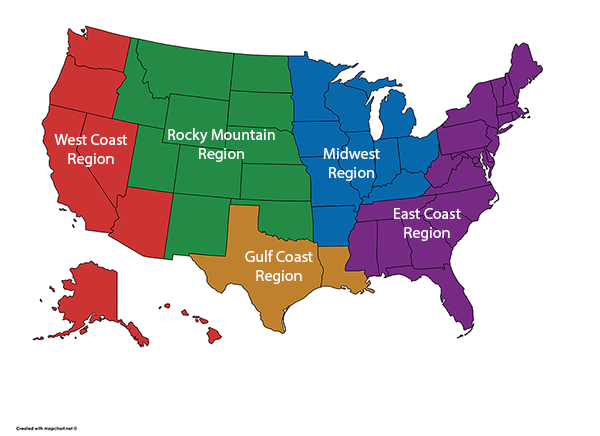As a distributor it is important to consider few elements before signing distribution agreement with any principle company.
During a lunch meeting at Materials handling Middle East at Dubai Exhibition Centre with a CEO of a major Distribution Company, we just happen to discuss – How he arrives at the decision to represent Principle Company in their market?
This gentleman has over 40 years of experience as a distributor and retails major BRANDS across GCC (UAE, Oman, Kuwait, Qatar, KSA, and Bahrain) markets. Some of the criteria he mentioned were really thought-provoking and are worth sharing as below for benefit of companies looking for distributors and retailers.
1. People want to do business with people they can make money with.
This is the first and most important criteria to qualify any prospect. If they are unable to clearly demonstrate or communicate how we can make money together then the purpose to move forward is lost.
As per him on an average, his office receives 2-3 meeting requests per week from major global BRANDS. We can have great meetings, nice dinners or lunches but at the end of the day, the principal company has to prove that we can make money with them.
The channel manager needs to act as an investment adviser and show us a return on our investment. This is of utmost importance before signing any distribution contract.
2. Vertical Vs. horizontal Growth
Whether the BRAND is looking to grow vertically or horizontally? It is not a good idea to have redundancy in our portfolio or align with any BRAND, which is looking at us just because of our access to certain market segments as this leads to horizontal growth only.
We may have an initial sales spike however in the long shot only companies looking to have vertical growth will benefit us. It is simply better to give an opportunity a PASS if it does not help us to grow our top line. The distribution contract should clearly incentives top line growth.
3. Block or Blunt Competitor
How well the BRAND is positioned to block our competitor? Is it overdelivering with a great price point? These are some of the questions our marketing and commercial team need to debate and give the conclusive answers.
The distribution market is always under competitive pressure and competition is cropping not only in product mix but in delivery strategy also for example delivery apps have potentially disrupted the whole promotion and supply chain matrix.
The logistics team should be convinced that it either helps in driving cost efficiency or enhances digital age distribution to blunt the competitor. It always helps to share distribution agreement template with all stakeholders including sales and logistics before final distribution format.
4. People behind the BRAND
Don’t get caught up with “May be it will be a winner”. This works both ways supplier thinks let me try this new distributor and at times our team is also not sure how the market will respond. Believe me this the worst way to start a relationship.
Yes, you can work on limited contract either for a single product line or a particular geography; but in the end both of us need to be 100% committed to our customers.
During pilot phase or test phase it is better to sign an MoU and prepare distribution agreement checklist based on learnings.
5. Adaptability- Distribution Contract/ open minded decision making.
Many times a BRAND owner has distribution agreement which is just a copy paste or works well in home market, irrespective of where they stand on product cycle, pricing, and local regulatory environment or available shipping infrastructure in the country and consumer behaviour in the targeted market.
Why? Simple answer by sales manager- “It has been approved by legal team and we follow uniform terms globally”
Now this is a real hard work for the sales guy, as normally he is not the decision-maker and has to rely on other teams or convince signing authority to amend the distribution agreement format for his specific market.
As there is no one size that fits all, the contract needs to be flexible. Want to know his practical perspective on distribution agreements – check here!



